Hunger, poverty, disease ... the U.N. takes a look at where the world stands. And it’s not pretty
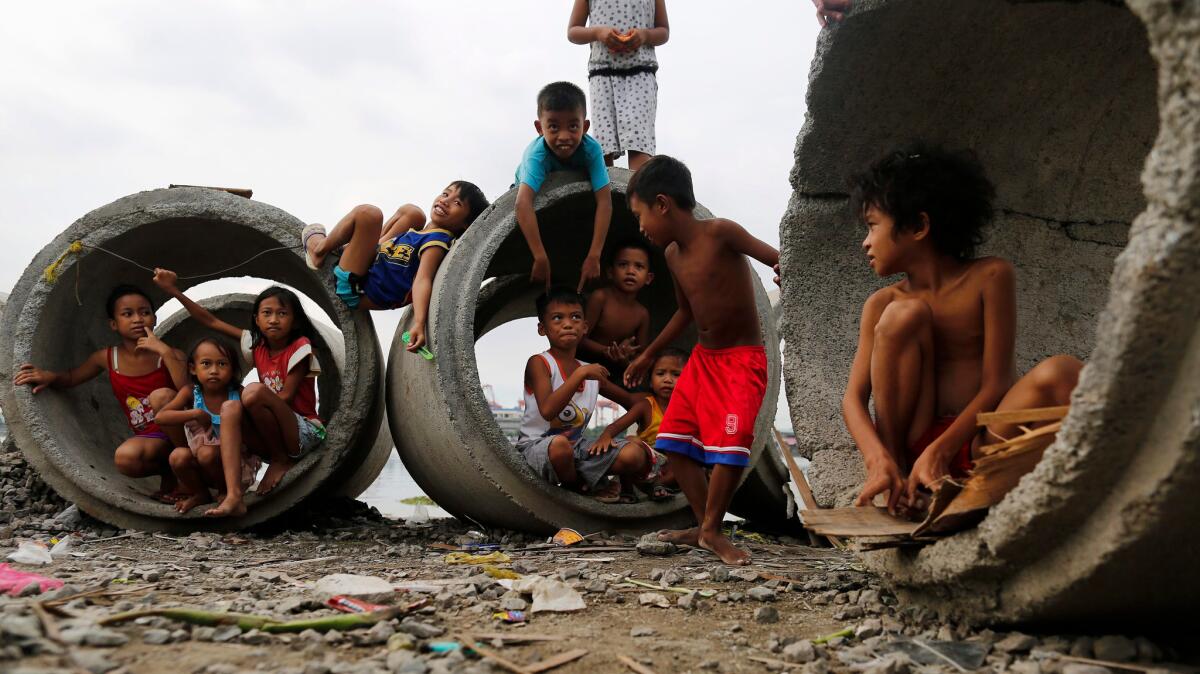
- Share via
In January, the world officially began implementing what’s been described as a trail guide for the planet — a United Nations initiative that seeks to address some of the most formidable global challenges over the next 15 years.
The 2030 Agenda for Sustainable Development is a plan of action based on 17 goals, including a mission to end poverty, tackle inequalities such as gender bias, and address environmental degradation and climate change.
U.N. Secretary General Ban Ki-moon describes the agenda as “a road map for people and the planet that will … ensure sustainable social and economic progress worldwide.”
But unity and shared responsibility are critical if the goals are to be implemented, government officials and development experts agree.
“This agenda is no longer just about the United Nations,” Thomas Gass, assistant secretary general for the U.N. Department of Economic and Social Affairs, said in a recent press briefing.
“We have to make sure that the 2030 agenda — that the sustainable development goals — become part of the national policy dialogue, that they become part of the discussion in municipalities, in parliament, that they become part of the budget, that they become part of the legal framework in countries.”
See the most-read stories this hour >>
Ambassador Juan Jose Gomez Camacho, permanent representative of the Mission of Mexico to the United Nations, echoed the sentiment.
“Today there is no way any country in the world can aspire to development or to sustainability or indeed to prosperity in isolation,” Camacho said.
On Tuesday, the U.N. released its inaugural report offering an overview of where the world stands.
Some noteworthy progress has been documented since 2000, when the millennium development goals were formally adopted, according to U.N. statistics.
For example, the proportion of the global population suffering from hunger fell, the number of people living below the extreme poverty line dropped, the mortality rate of children under age 5 went down and the proportion of seats held by women in single or lower houses of parliament rose.
But as far as attaining the plan laid out for 2030, it’s going to be an uphill battle, judging by the data in Tuesday’s report.
Here’s a look at some of the challenges:
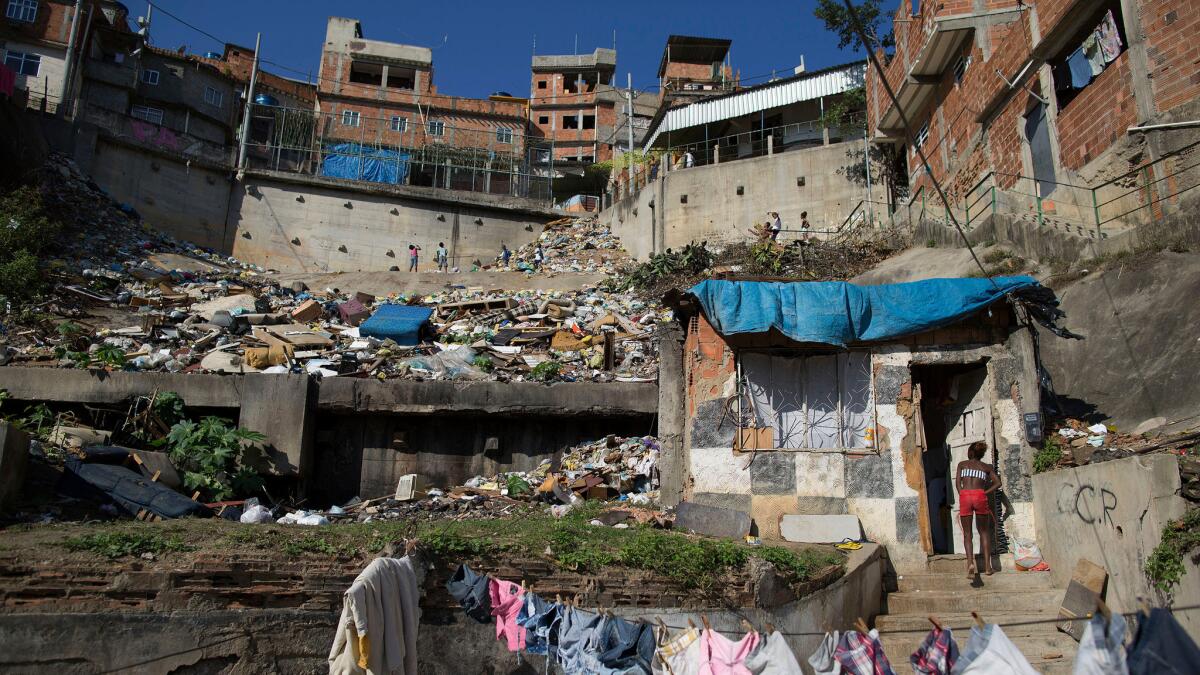
Poverty
Worldwide, one in eight people were living in extreme poverty in 2012, while 10% of the world’s workers and their families were living on less than $1.90 a day in 2015.
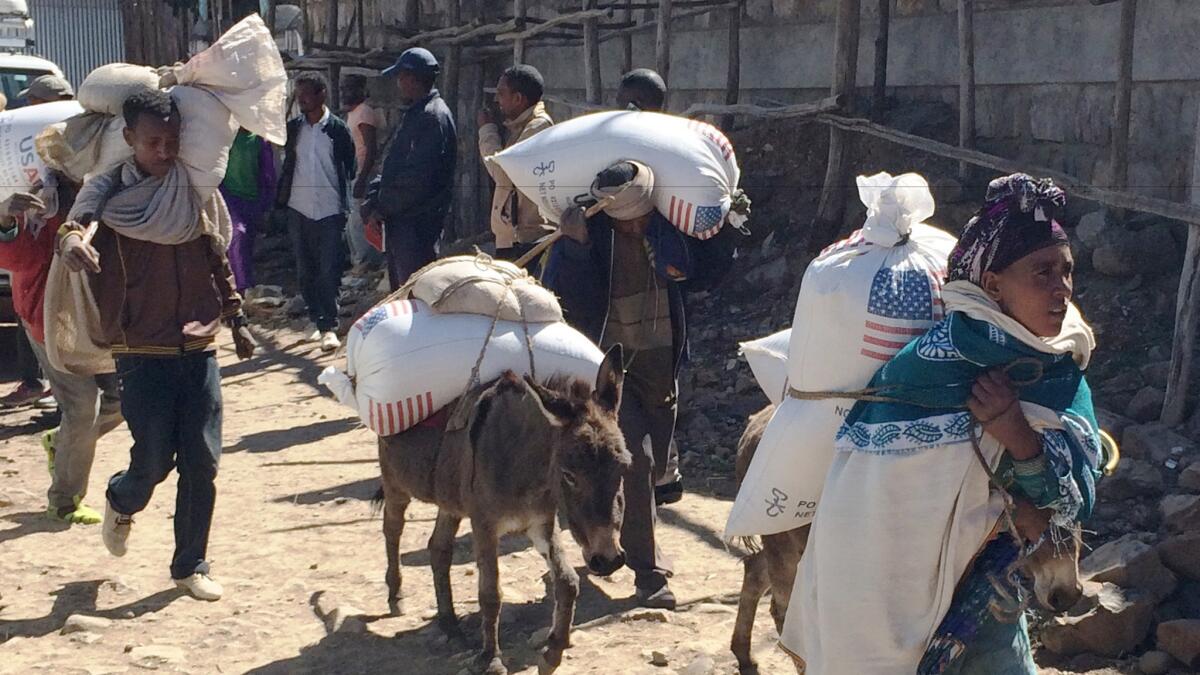
Hunger
Almost 800 million people still go hungry, with more than half of the adult population in sub-Saharan Africa facing moderate or severe food shortages in 2015. Meanwhile, an estimated 158.6 million children worldwide under 5 had stunted growth in 2014.
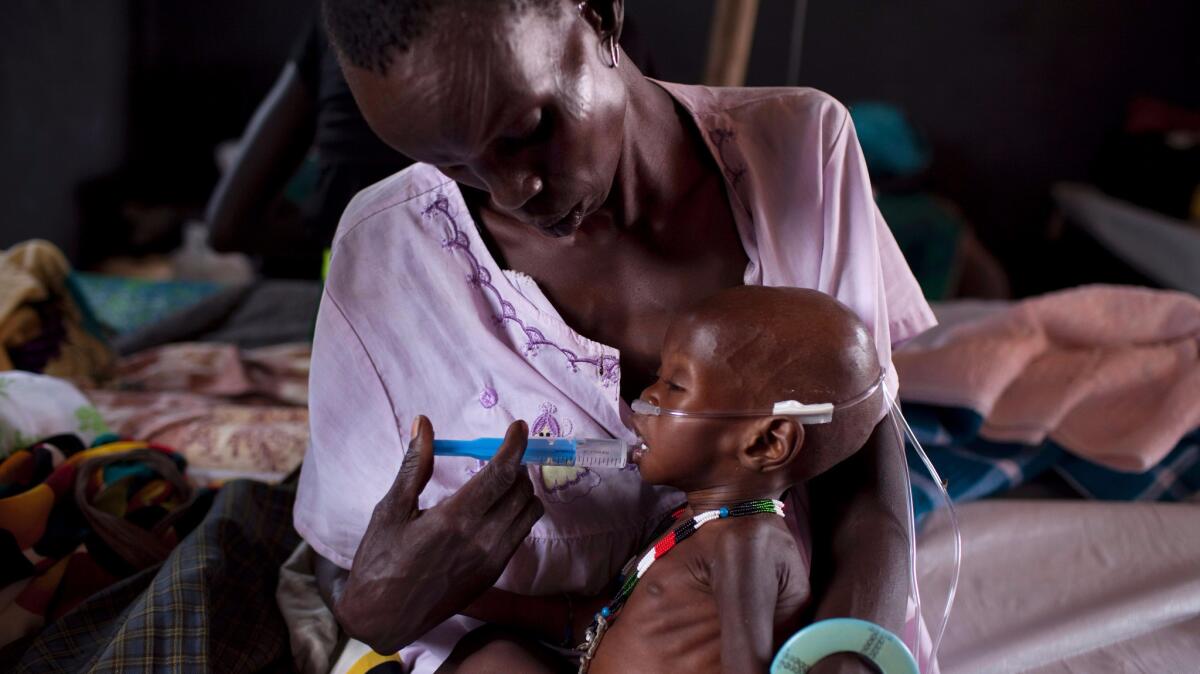
Health & Well-Being
An estimated 5.9 million children under 5 died in 2015, mostly from preventable causes. The same year, 2.1 million people became infected with HIV, and almost half of the world’s population was at risk of malaria with sub-Saharan Africa accounting for roughly 89% of the cases.

Education
Some 59 million children of primary school age did not attend class in 2013, while 757 million people over the age of 15 remained illiterate, two-thirds of them women.
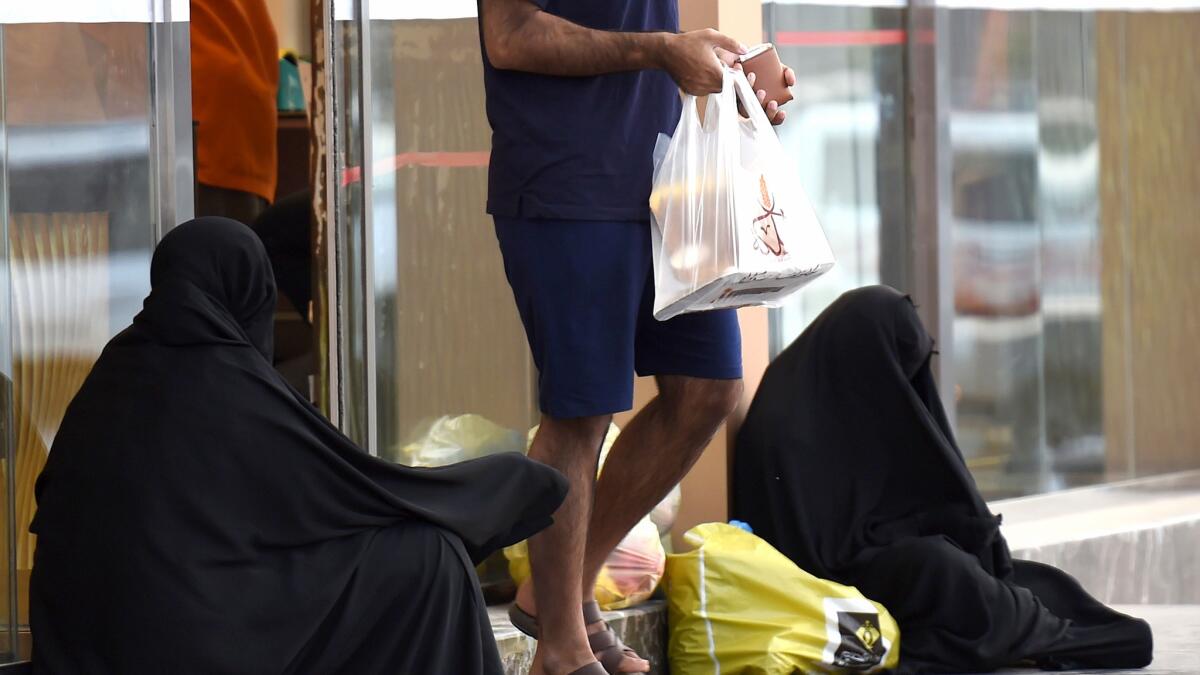
Gender Equality
More than one in four girls worldwide marry before they are 18, while in 30 countries, one-third of females 15 to 19 have undergone genital mutilation.
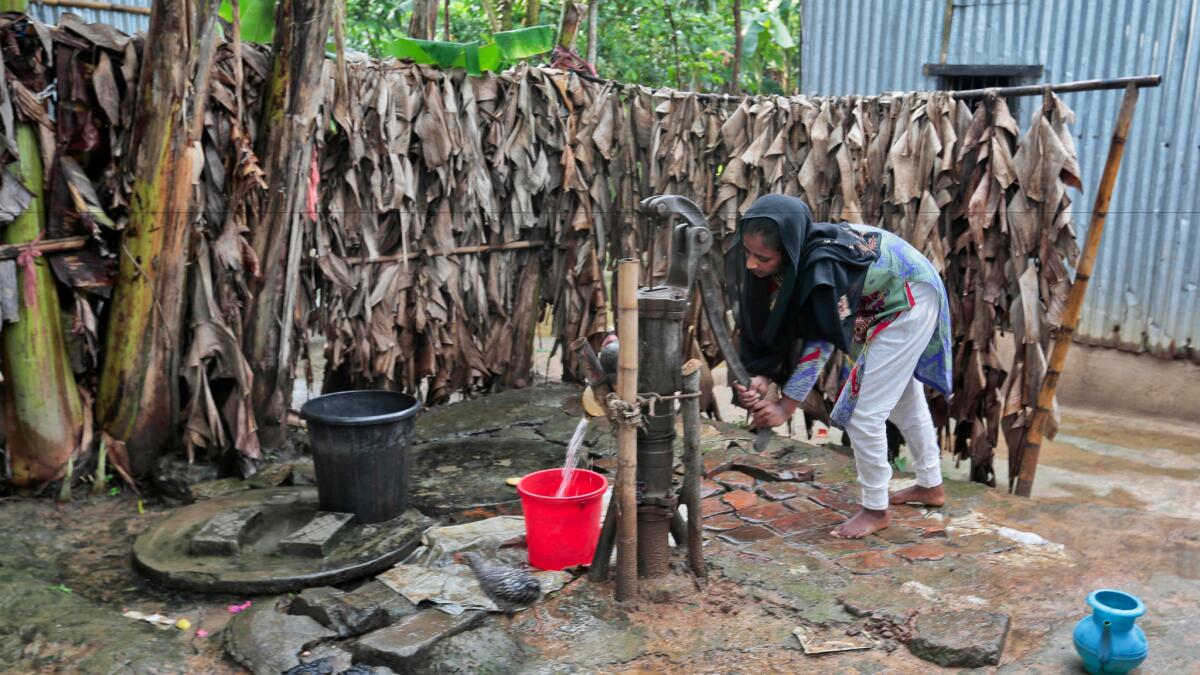
Water and Sanitation
More than 2 billion people lack regular access to water, and around the same number has access to only poor sanitation. Of these, some 946 million don’t have toilet facilities and continue to practice open defecation.
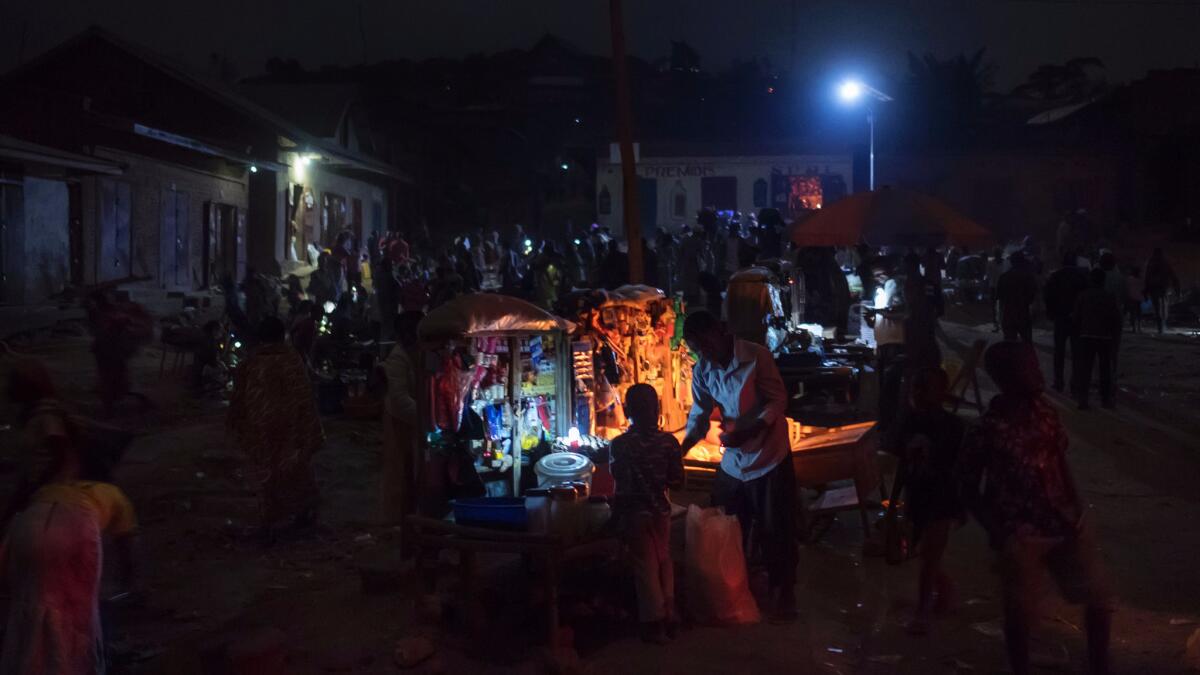
Energy
Around 1.1 billion people live without electricity, while in 2014 more than 40% of the world’s population was cooking with fuels considered unhealthy and that worsen air quality. The majority with access to electricity worldwide are urban dwellers.
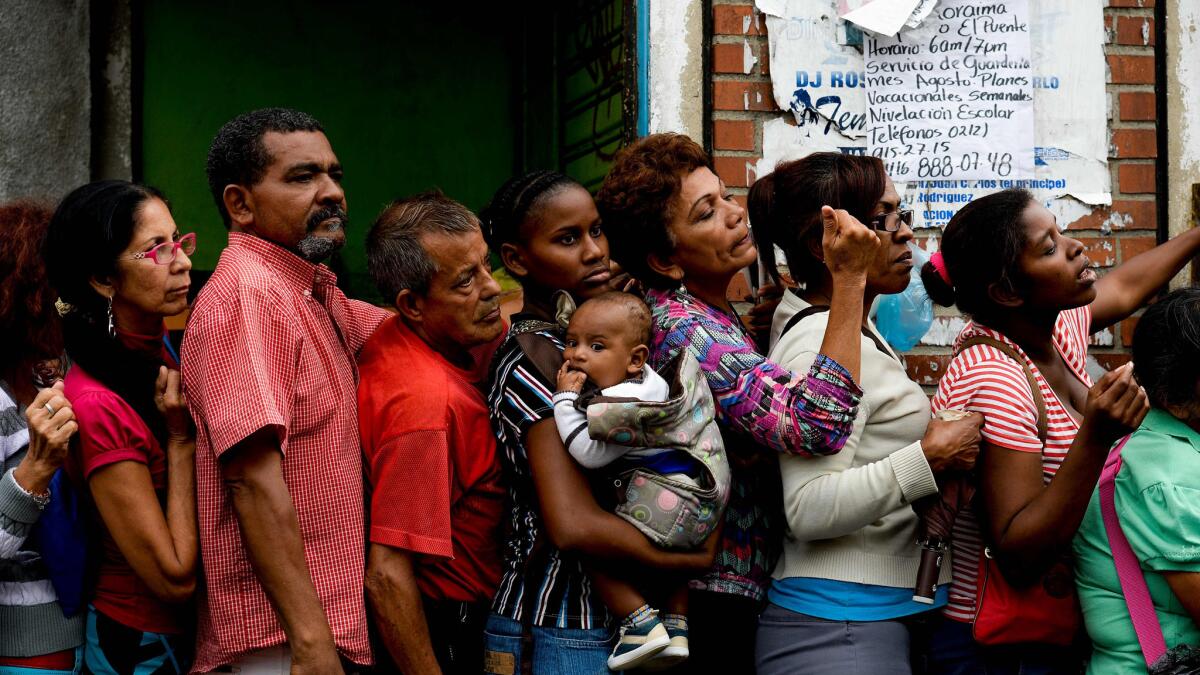
Work and Economic Growth
The average annual growth rate of real gross domestic product per capita in the least developed countries declined to 2.6% from 2010 to 2014. Women are twice as likely as men to be unemployed in Western Asia and Northern Africa. Meanwhile, some 2 billion people don’t have bank accounts.
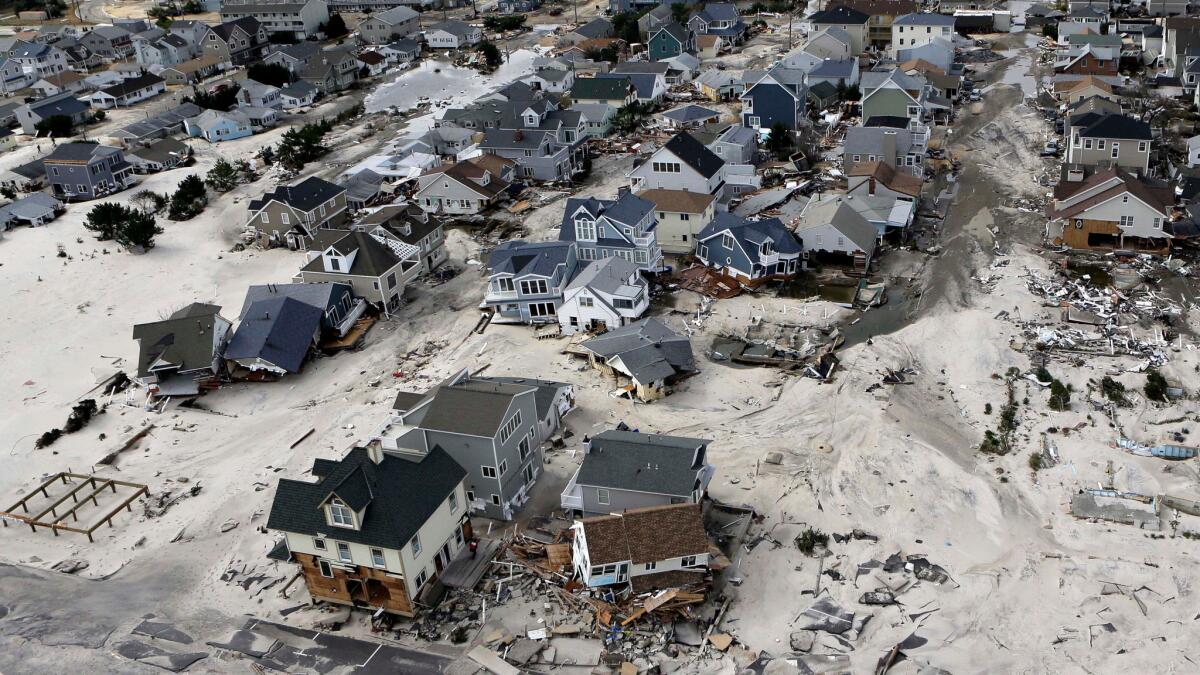
Climate
Around 83,000 people died and 211 million were affected annually by natural disasters from 2000 to 2013. But in 2015 only 83 countries reportedly had any laws or regulations or managing disaster risk.

Peace and Justice
The murder rate in developing countries from 2008 to 2014 was twice that of developed countries, and young people are “over-represented among direct and indirect victims of violence,” according to the report.
Annually, about 200,000 of the world’s homicides involve people ages 10 to 29. In 2011, 34% of the victims of human trafficking globally were children, up from 13% in 2004. And 30% of the people jailed between 2012 and 2014 had still not been sentenced.
For more on global development news follow me @AMSimmons1 on Twitter
ALSO
A 'slow catastrophe' unfolds as the golden age of antibiotics comes to an end
China has been killing turtles, coral and giant clams in the South China Sea, tribunal finds
Doctors travel a dangerous road to help ease the horrors of war-torn Aleppo, Syria
Sign up for Essential California
The most important California stories and recommendations in your inbox every morning.
You may occasionally receive promotional content from the Los Angeles Times.








